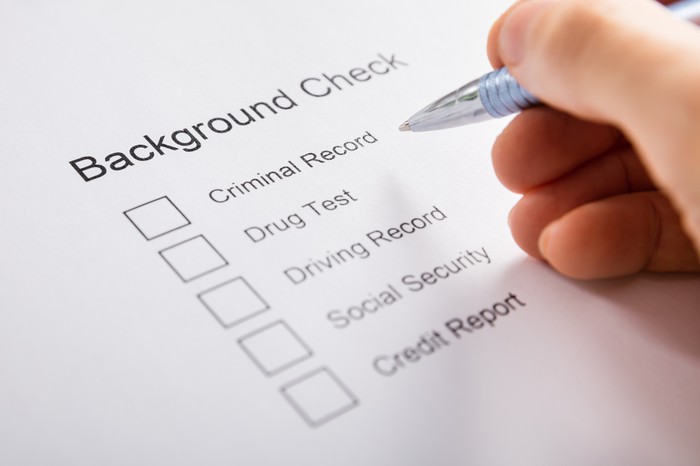Has someone you know been arrested recently? If so, you know how anxiety-inducing the whole ordeal can be.
And simply watching an episode or two of Law and or Order probably isn’t going to get you the answers you’re looking for.
So what is bail, and what is bond?
It’s easier than you think to understand the distinction between these two key aspects of the criminal justice system. And we’re going to break it down for you in a way that makes sense.
With that in mind, let’s get started!

What is a Bail
Bail and bond are two terms that are often used interchangeably, but they have distinct meanings in the legal system. Bail refers to the temporary release of a defendant in a criminal case, pending trial or resolution of the case.
It is typically set by a judge and can be paid in cash or through a bail bondsman. Check Bail 2 GO Orlando to know more about difference between Bail vs bond.
Types of Bail
There are different types of bail, such as cash bail, property bail, and release on recognizance. Cash bail refers to paying the full amount in cash, while property bail involves using assets as collateral.
Release on recognizance means the defendant is released on the promise to appear in court without having to pay any bail money. The type of bail set for a defendant depends on various factors, including their criminal history and flight risk.
What is a Bond
A bond is a type of financial instrument that is used to secure a bail amount. It involves a third party, usually a bail bond company, lending the full amount of bail to the defendant in return for a fee. In simpler terms, a bond is a type of loan that allows a person to pay their bail amount without having to provide the full sum themselves.
Types of Bonds
Several types of bonds can be used, including cash bonds, property bonds, and surety bonds. Cash bonds require the full amount to be paid in cash, while property bonds use property as collateral. Surety bonds involve a bond agency paying the full amount and charging a fee for their services.
The Advantages of a Bail
The advantage of bail is that it allows defendants to be released from jail and continue their daily lives while awaiting trial. This can be especially beneficial for those who have jobs, families, or other obligations. Additionally, bail can help reduce overcrowding in jails and save taxpayer money.
The Advantages of a Bond
The main advantage of a bond is that it allows defendants who cannot afford the full bail amount to still be released from jail. This can help prevent overcrowding in jails and also allows the defendant to continue working and supporting their family while awaiting trial. Additionally, bonds may have lower fees and interest rates compared to paying the full bail amount, making it a more affordable option for many individuals.
Knowing the Difference Between Bail and Bond
In conclusion, understanding the difference between bail and bond is crucial for anyone facing the legal system. Bail is the amount paid to secure temporary release while bond is the assurance of payment if the defendant fails to appear in court. Being released on bond is useful.
If you or a loved one needs legal assistance, be sure to contact a knowledgeable attorney for guidance. Don’t wait, take action and seek professional help now.
If you want to read more articles, go to our blog.








